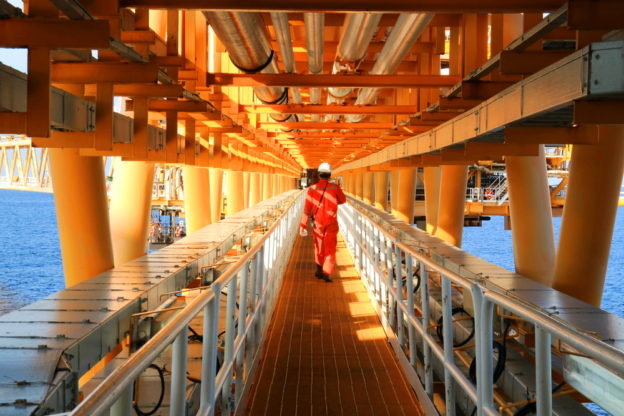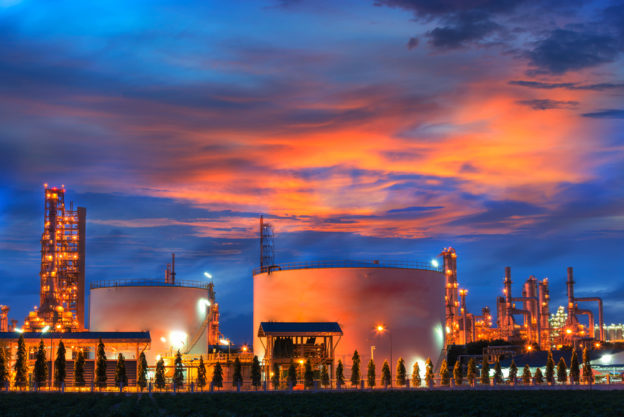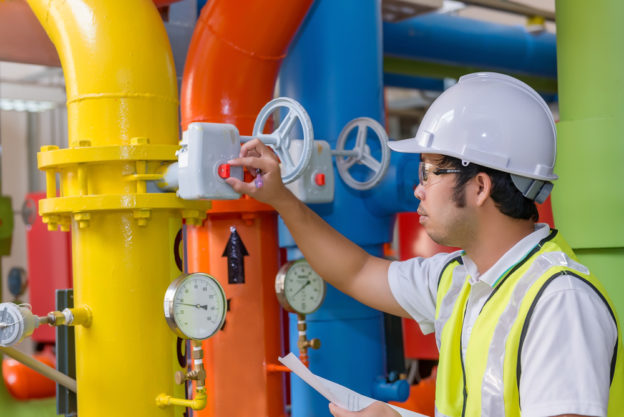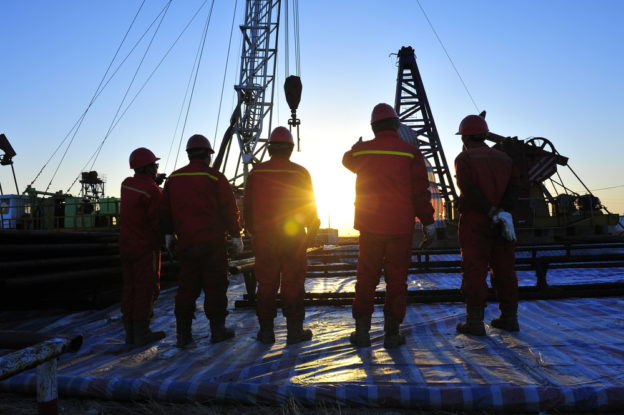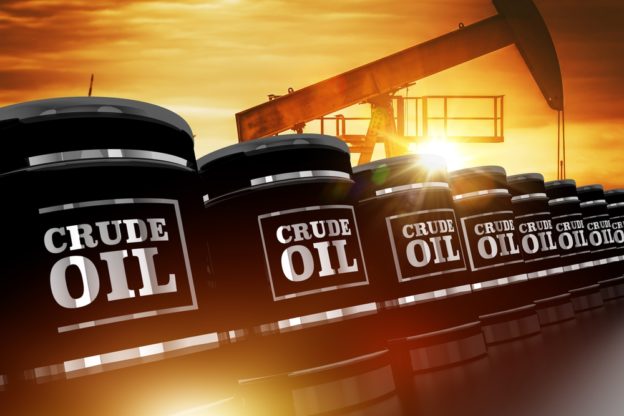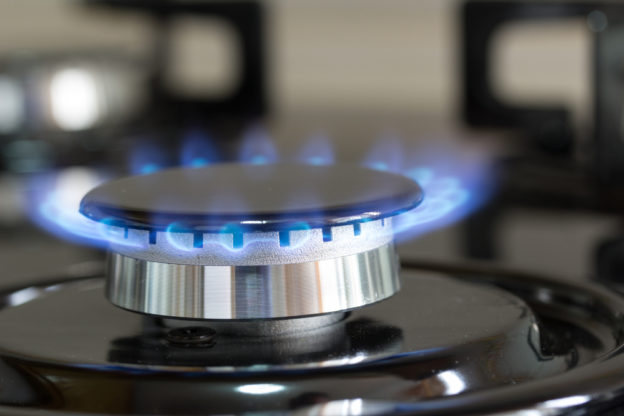2019 has proven to be a great year for advancements in the oil and gas industry. Across the nation, technological trends are constantly developing and shaping oil and gas production facilities and drilling sites.
What once seemed like a crude industry has now become one that eagerly looks towards the horizon of current digital trends and how they can improve the delivery of natural gas products and the management of local facilities.
Looking Towards “The Cloud”
Be prepared to see top organizations in the oil and gas industry begin to lean into the “cloud-first” strategy with their business approaches. The cloud has become a familiar place where information is securely stored and data is shared freely between approved users, and our industry can greatly benefit from its use!
Industry experts predict that production facilities will soon begin to roll out and transfer new projects and data interfacing within a secure cloud. This will lead to a more organized approach to upcoming extraction projects and production plans, while also speeding up facility efforts as a whole.
Real-Time Performance Management
Within the oil and gas industry, asset performance management is a critical initiative when keeping track of upstream and downstream operations at excavation, drilling, and production locations. Asset performance management as a whole focuses on risk and reliability and long-term organization initiatives and is important driver for growth in the oil and gas industry.
By focusing industry efforts into digitally-based initiatives, we will now have the capabilities to track real-time oil and gas equipment performance that enables us to ensure worker safety at sites across the nation.
Overhauled IT Infrastructure
At the core of every digital trend on the rise in our industry is the biggest initiative yet; the evolution of our current IT infrastructure.
By performing a complete overhaul at a facility, business growth and enterprise value will shoot through the roof. With new infrastructure in place, something as advanced as an SAP Test Environment for a site can be digitally completed within minutes. These types of advancements are what will continue to drive the overall value of our industry as newer options for energy begin to saturate the current market.
Stay Informed and Up-To-Date with Pro-Gas, LLC
The oil and gas industry is always on the evolutionary uptick. Don’t let your company or facility fall behind, especially when it comes to the quality of equipment used at your sites. When you put your trust in Pro-Gas, you are gaining the help of oil industry professionals that are always a step ahead of what makes our industry great.
If your site needs reliable equipment outside of the completely digital spectrum, turn to us for the best in NGL storage, JT skids, and more. Contact us today to find out more about the availability of our products.





